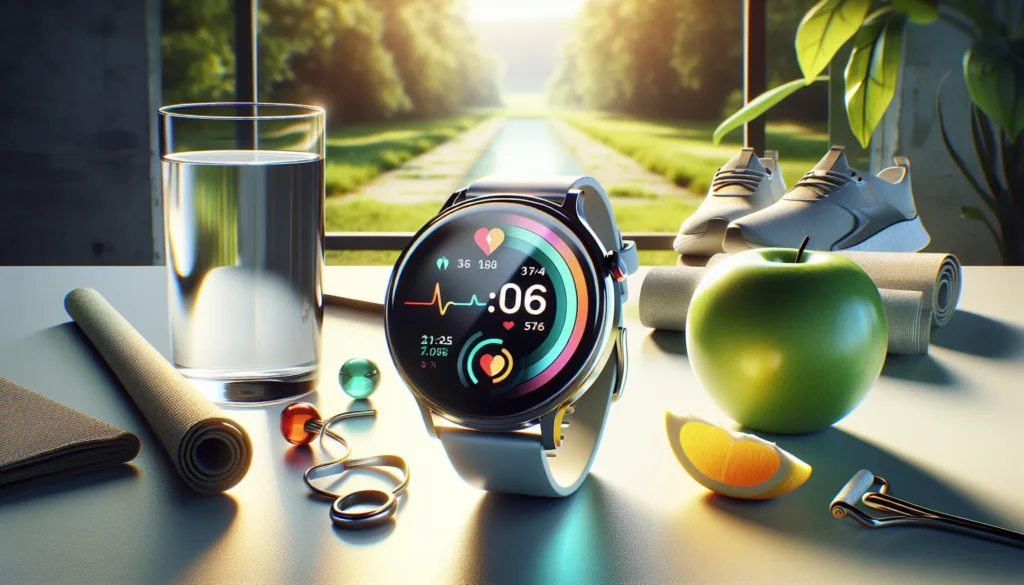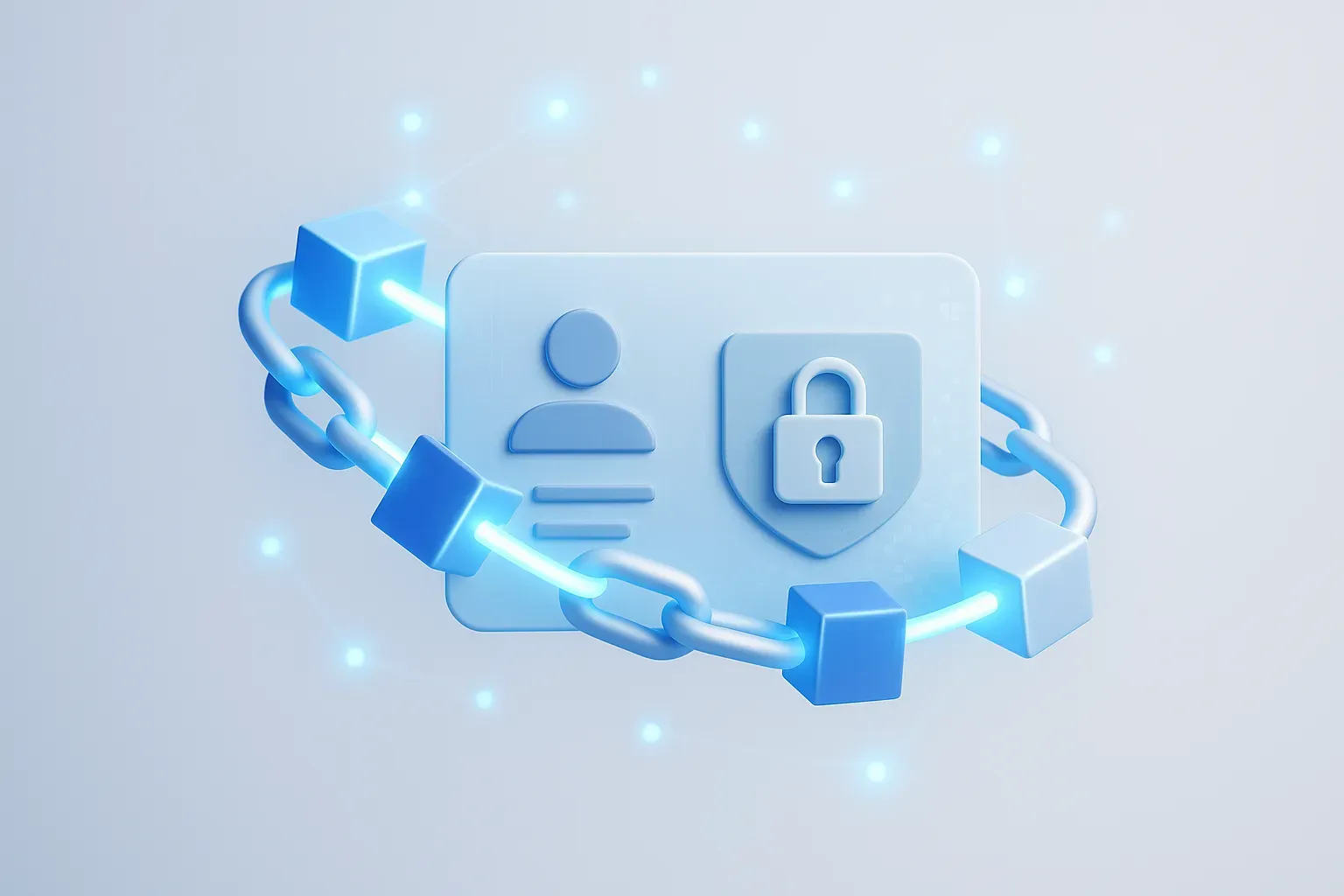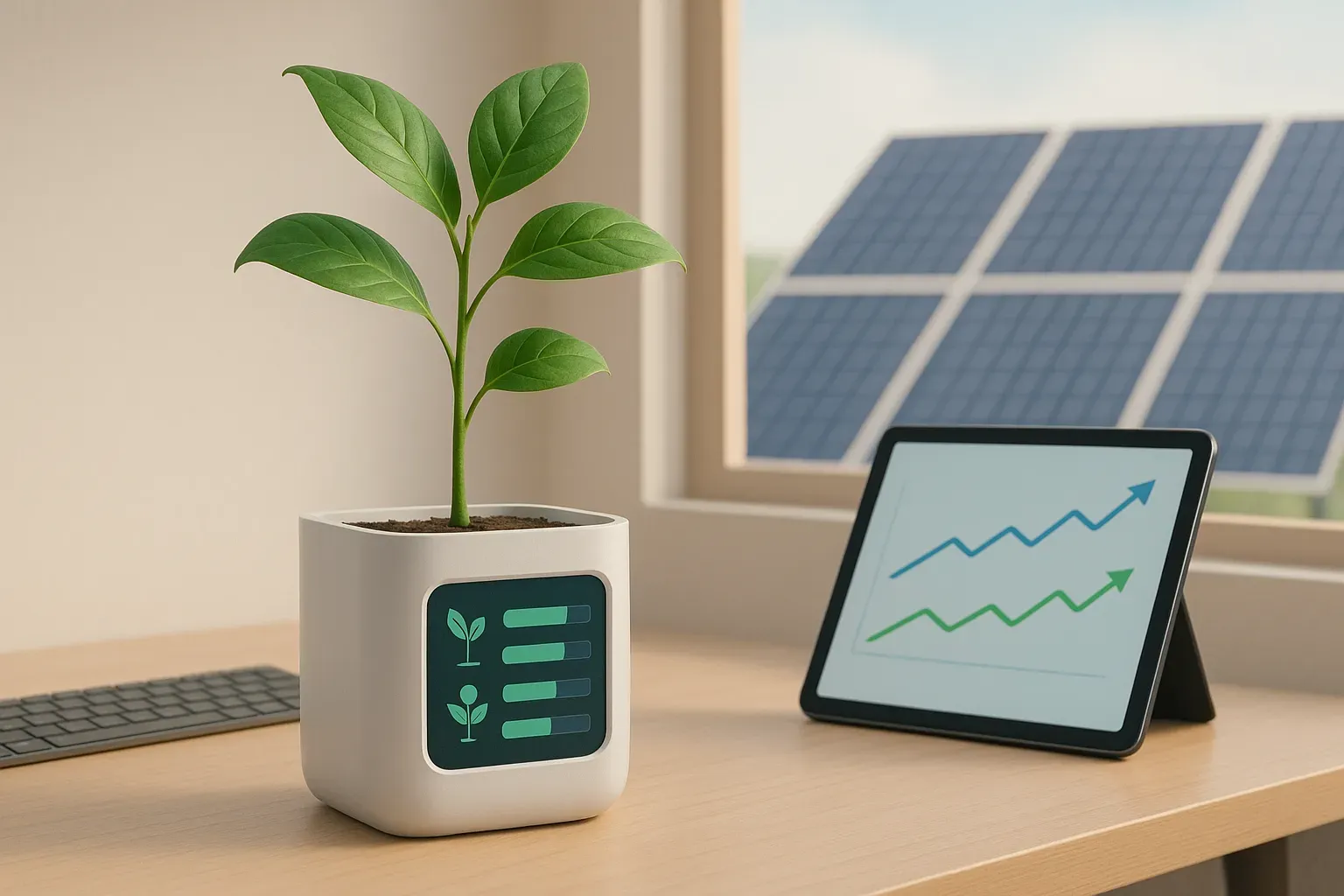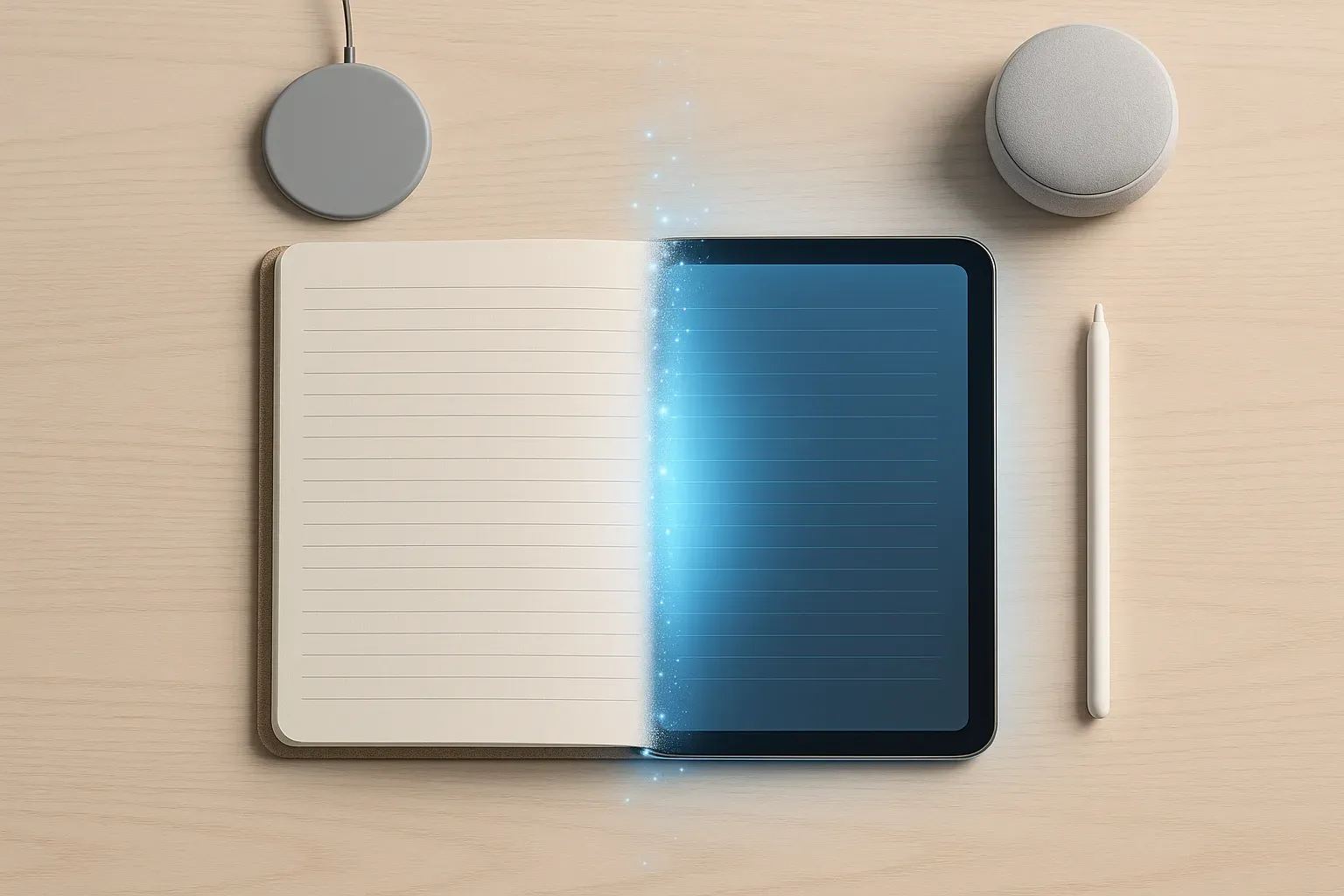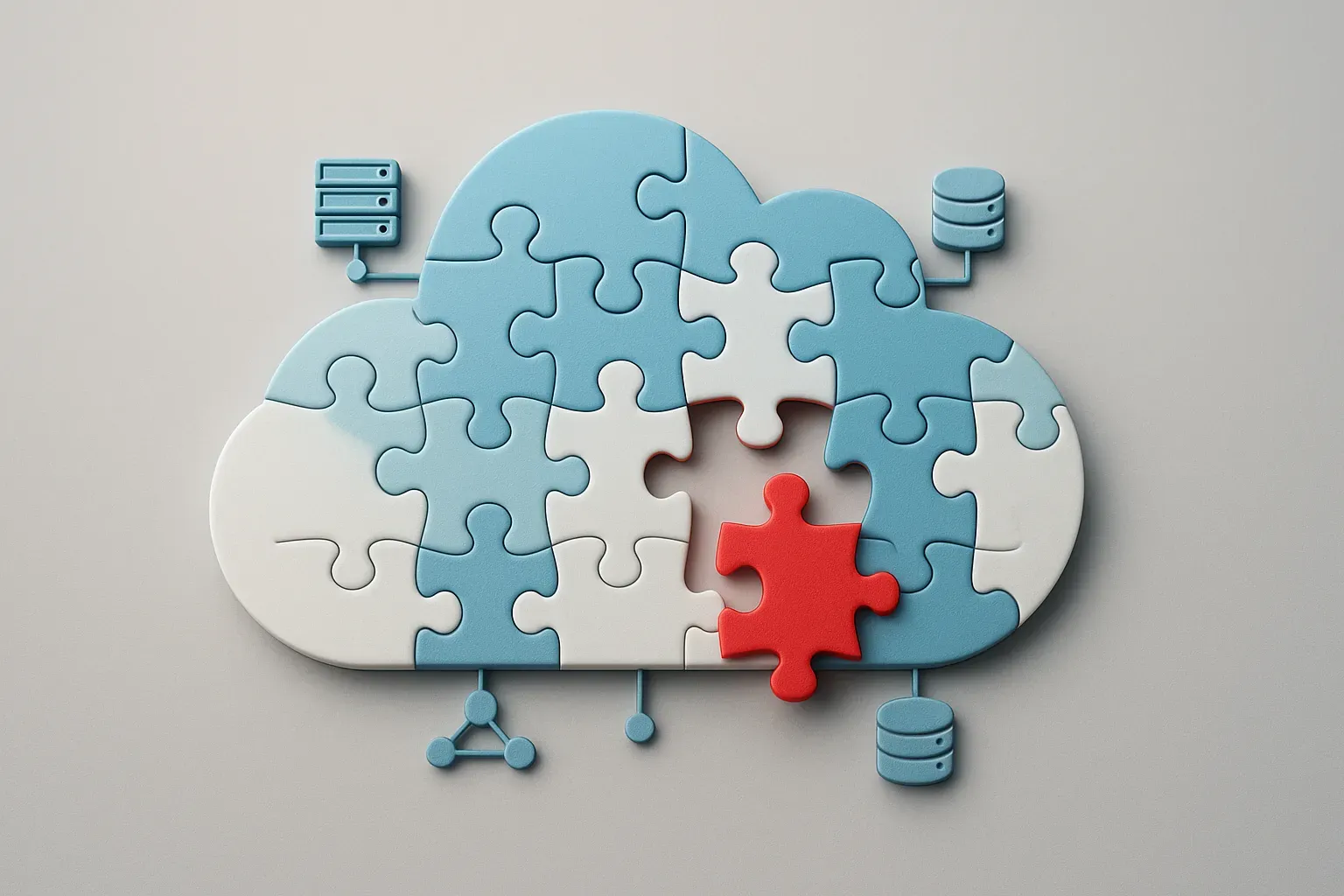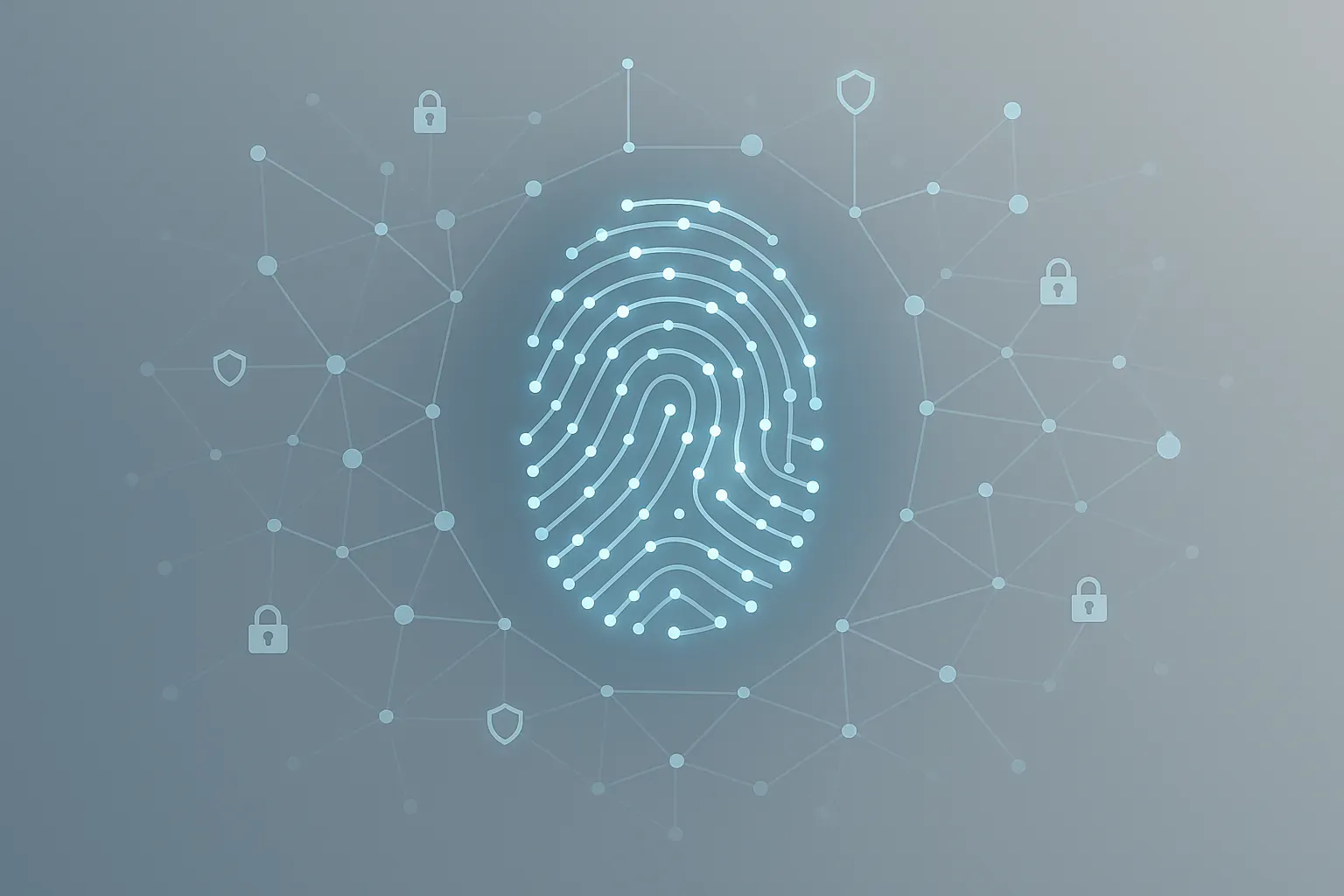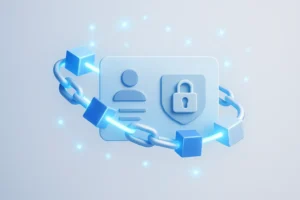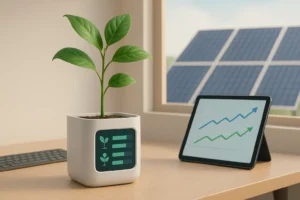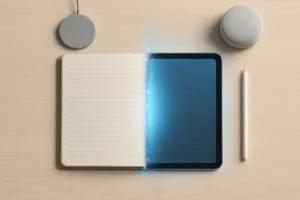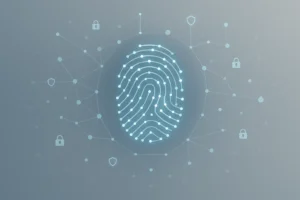Wearable health technology has revolutionized personal wellness, offering unprecedented insights into our daily lives. From sleep patterns to heart health, these devices provide valuable data that can significantly impact overall well-being. Drawing on real-world experiences and expert insights, this article explores how various wearable technologies are transforming health monitoring and improving quality of life.
- Apple Watch Promotes Mindful Movement
- Sleep Tracker Reveals Fatigue Patterns
- Health Monitor Detects Early Heart Issue
- Oura Ring Improves Sleep and Biomarkers
- Wearable Tech Prevents Imminent Burnout
- Consistent Sleep Schedule Boosts Energy
- Apple Watch Aids Weight Loss Journey
- Pedometer Motivates Extended Daily Walks
- Wearable Device Exposes Sleep Deficits
- Glucose Monitor Uncovers Surprising Food Reactions
- Oura Ring Enhances Rest Quality
Apple Watch Promotes Mindful Movement
Wearing an Apple Watch has made a huge difference in keeping me mindful about movement throughout the day. Those gentle reminders to stand, stretch, or take a quick walk really help reset my body and mind. Even just checking the daily activity log at the end of the day gives me a sense of accomplishment and accountability.
 Diane Howard
Diane Howard
Rn and Founder, Esthetic Finesse
Sleep Tracker Reveals Fatigue Patterns
I started using a wearable health tracker about two years ago, and honestly, it has changed the way I listen to my body. I used to push through fatigue, thinking I was being productive—but I was just burning out. What my tracker helped me realize was how poor my sleep quality was, even when I thought I was getting enough hours.
One night, I saw my heart rate variability was extremely low, and my sleep score plummeted. I had a big meeting that day and almost pushed through it as usual—but the data made me pause. I took a short walk, hydrated, and blocked off 20 minutes to reset. I ended up more focused than I would have been if I had ignored it.
I think the key is not obsessing over the numbers but using them to *check in* instead of pushing through. I recommend starting with just tracking sleep and resting heart rate—it’s simple, but it reveals a lot.
 Nick Bach
Nick Bach
Owner and Psychologist, Grace Psychological Services, LLC
Health Monitor Detects Early Heart Issue
Using a health tracker made me more aware of heart patterns and recovery periods. Once during a light jog, it gave me a spike warning in my heart rate and prompted me to visit a doctor, where I found that I had a mild arrhythmia early on. That early warning helped me to modify workouts and lessen stress before it became much worse. I would say really focus on patterns in heart rates and recovery times—not just steps—because those provide the clearest signals about health.
 Dr. Gregory Gasic
Dr. Gregory Gasic
Neuroscientist | Scientific Consultant in Physics & Theoretical Biology | Author & Co-Founder, VMeDx
Oura Ring Improves Sleep and Biomarkers
Wearable health technology has been a game-changer for my well-being, especially the combination of my Oura Ring and Lifeforce membership. The Oura Ring has given me incredible insight into my sleep patterns, recovery, and daily movement. Over six months, I was able to improve my sleep score from 72 to 92, which had a noticeable impact on my energy, mood, and overall well-being. It also keeps me moving—I’m now consistently surpassing my daily step goals.
On the biomarker side, Lifeforce has helped me take control of my health through regular lab testing and expert support. Their team of PAs and health coaches flagged a recent rise in my cholesterol, and we’re now proactively managing it before it becomes a bigger issue. I also monitor my hormones and thyroid levels, making adjustments with their guidance to stay in optimal balance.
Together, these tools provide me with a clear picture of my health and empower me to take action in real-time.
 Nicole Dunn
Nicole Dunn
CEO, Dunn Pellier Media
Wearable Tech Prevents Imminent Burnout
Wearable health technology changed the game for me when I stopped treating it like a scoreboard and started using it as a feedback loop. As someone balancing international travel, a startup, and four children, the Oura Ring has become a nervous system ally.
One specific moment that sold me: I had just landed back in Portugal from New Zealand and felt surprisingly sharp. However, my Oura data told a different story: my HRV was down 22ms, my body temperature was up half a degree, and my sleep latency was increasing. This indicated that burnout was imminent.
I course-corrected quickly, cut caffeine, added red light wind-downs, and ran Hypervibe sessions to stimulate circulation. Three days later, my metrics (and mood) rebounded.
What I love most is how these devices shift me from being reactive to responsive. It’s not about guilt-tripping myself over a bad night’s sleep; instead, I am learning what actually helps me recover. I even use it to model regulation with my children. “Look, Dad’s HRV is low—let’s choose a calming playlist for breakfast.”
The Oura Ring for recovery tracking, paired with Apollo Neuro and some low-tech awareness, is my approach. Track to collaborate with your body, not micromanage it.
 Murray Seaton
Murray Seaton
Founder and CEO / Health & Fitness Entrepreneur, Hypervibe (Vibration Plates)
Consistent Sleep Schedule Boosts Energy
The most positive impact wearable technology has had on my health is with sleep. I was consistently getting around 8 hours per night, but my sleep consistency was all over the place. Knowing I’m naturally a morning person, I began waking up incrementally earlier—first 7:00 AM, then 6:30, 6:00, and eventually 5:30—while keeping my bedtime consistent.
The wearable I was using tracked this shift and helped me visualize improvements in my sleep regularity, which in turn boosted my sleep score. Surprisingly, I began getting better overall quality sleep with the same or even fewer hours—often less than 8. I started waking up with more energy, my mood improved, and I noticed a significant enhancement in my overall quality of life.
While many wearables focus on activity, I’ve found the greatest benefit in how mine tracks recovery and sleep. I generally know when my body feels tired or when I’m ready to push, and the wearable helps confirm that. But sleep has so many variables that it’s hard to track manually—sleep consistency changed the game for me. I’d highly recommend others use wearable tech to better understand and optimize their sleep, not just their workouts.
 Benjamin Payson
Benjamin Payson
CEO, Founder, Heat Hydration
Apple Watch Aids Weight Loss Journey
Utilizing wearable health monitoring devices, specifically the Apple Watch, has led me to losing close to 8 lbs in one month and keeping that weight off consistently for 6 months now. What really helped were two features: the step goal/tracker and the sleep scheduler. I am able to set my daily step goal of ~10,000 steps/day and see the progress in real time, right on my wrist. This helps keep me very accountable with my daily movement and motivates me to reach my daily goal. This drastically increased my daily activity levels and contributed to weight loss. Another key parameter the watch has kept me accountable on is my sleep. I am able to schedule my sleep times and amounts, and I get daily reminders on when it’s time to go to bed. This also keeps me accountable in ensuring I get my 7-8 hours of nightly rest. This has improved my overall mood and energy levels throughout the day, which has also allowed me to be more active as well.
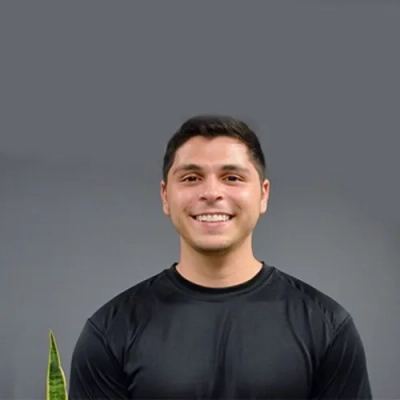 Jesse Feder
Jesse Feder
Dietitian and Personal Trainer, MyHealthTeam
Pedometer Motivates Extended Daily Walks
A couple of months ago, I came across a YouTube video where an influencer took on the challenge of walking 30,000 steps every day for a week. Inspired by this, I decided to try hitting 20,000 steps a day. I ended up maintaining this goal for about a month and a half before deciding it was starting to encroach too much on my social life.
During this time, I often wore a pedometer to accurately track my steps. It became an invaluable tool; every so often, I would check it and remind myself to feel proud and appreciative of hitting 20,000 steps. You get used to the number after a while, and it can start to feel like a stressful benchmark, so I made a conscious effort to frame it as an accomplishment rather than just a task to complete. It was also really satisfying to look at my monthly stats and see that I had been consistently walking around 10 miles a day.
 Vivian Ellis
Vivian Ellis
Marketing Coordinator, Achievable
Wearable Device Exposes Sleep Deficits
“You can’t fix what you don’t measure, and that’s when everything shifted for me.”
I didn’t know how much stress and lack of sleep impacted my everyday life until I began wearing a wearable health tracking device. Initially, it was all curiosity, but within days, the data spelled it out: I had a racing heart at night, and I was getting minimal quality sleep.
That realization encouraged me to make subtle adjustments: improved sleeping habits, conscious work breaks, and even gentle breathing exercises. It made a real difference; I felt more rested, sharper, and more capable of managing my health.
Making the whole experience even smoother was the consistent connectivity of the device, even while I was on the move, courtesy of a dependable multi-network SIM designed for constant IoT systems.
“Awareness is the key to wellness, and technology, when harnessed properly, becomes the bridge to improved living.”
 Hamza Rivera
Hamza Rivera
Digital Markerting Specialist, Smooth Connectivity
Glucose Monitor Uncovers Surprising Food Reactions
I use a wearable device (the Oura ring), and it has been very beneficial for me. I can see how well I sleep, and I’ve been implementing new ways to make my rest deeper and more satisfying.
Additionally, it has reminders for when I’ve been sitting for long periods and when I am too stressed. I’ve learned to relax, to keep active during the day, and to rest throughout the night.
Since I discovered that my sleep was not as deep as I thought, I began to research how I could improve this and found many ways of doing so, such as using the bedroom only for sleep and removing the TV. Now I rest better, and I’m more productive during the day.
I definitely recommend using a wearable device, either the ring or the different watches available on the market, because all of them have many benefits that will improve your health.
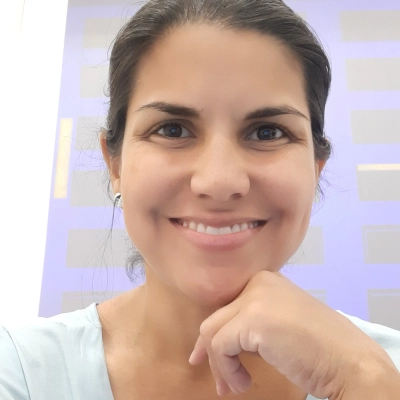 Maybell Nieves
Maybell Nieves
Surgical Oncologist, AlynMD
Oura Ring Enhances Rest Quality
I just purchased the https://www.hellolingo.com/ Glucose Monitor. I hate restricting my diet and can get frustrated and give up easy. My diabetic brother told me about Lingo which is available for non-diabetics which doesn’t require a prescription. My goal was to learn which things spiked or dropped my glucose levels outside the safe range.
I had thought that sugar and sugary drinks would be the main cause of my spikes but I surprisingly learned hamburgers, tacos, etc spiked them more than the sugary drinks.
I also tracked my stress and correlated it with low blood sugar levels.
By using this monitoring device and tracking my food, stress, exercise I have learned where I can compromise a little to feel a lot better about myself. Instead of getting rid of “all bad things” I can have more focus on a few things that have the highest impact and it’s overall been very enjoyable learning experience about how my body reacts to certain things.
 Caleb Kingston
Caleb Kingston
Co-Founder and CEO, HubHive

